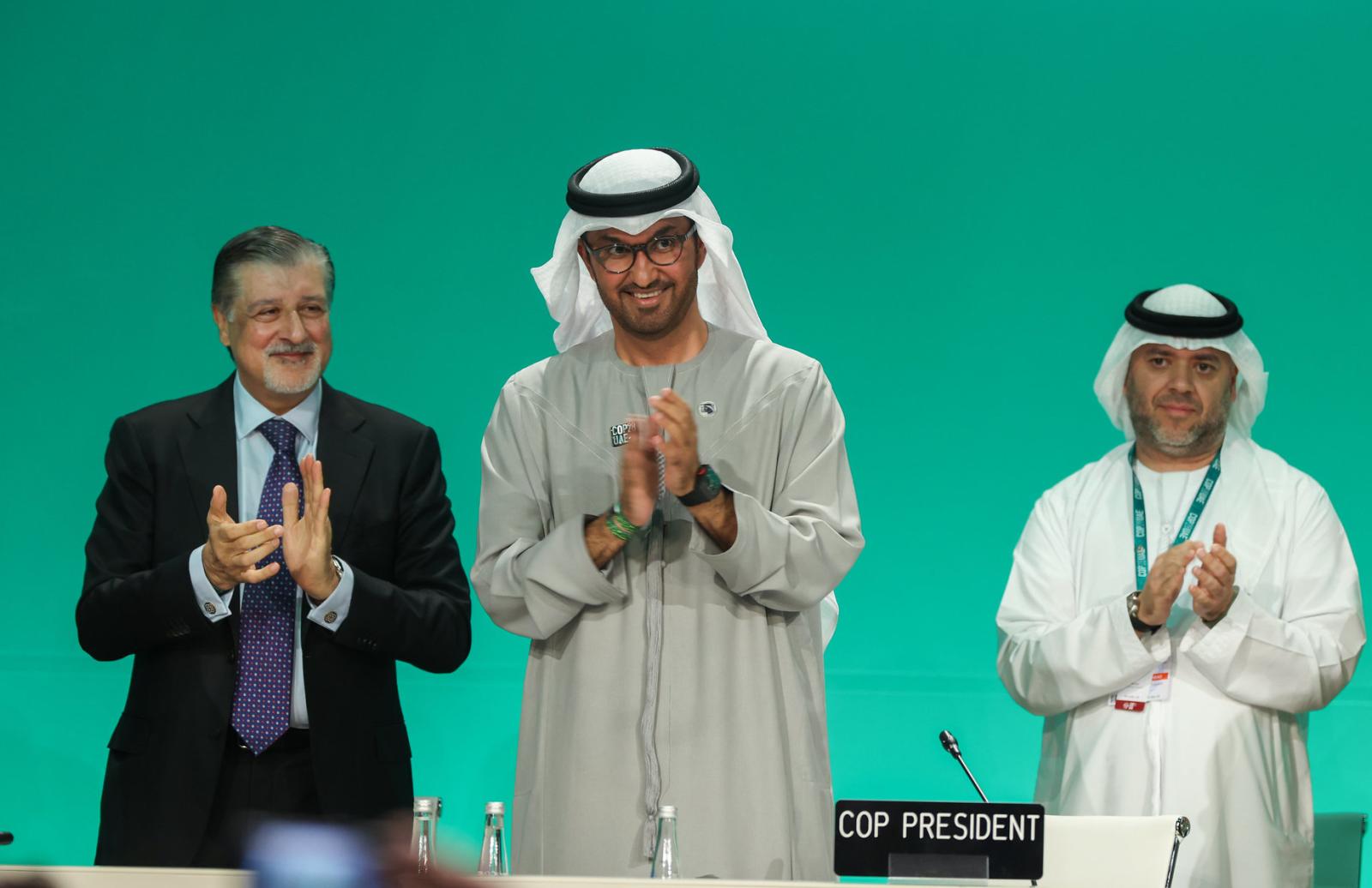In a world in which chemists assemble devices and machines billion times smaller than the usual ones, it is possible to develop systems similar to those created by nature within cells. The intricate arrangement of cellular organelles and enzymatic systems, muscle contraction, intracellular transport and ATP synthesis are examples of biological motors. For chemists this is a real challenge; to design active nanostructures that can operate as molecular machines, to increase our understanding of biological nanomotors and to construct a new generation of devices capable, for example, to actively affect cell mechanisms.
The field of molecular machines based on mechanically interlocked compounds started about twenty years ago. The major difficulty in operating molecular machines lies not in achieving motion at the molecular level but in making it controlled and directional, such that it can be exploited to carry out a task. At ambient temperature, random thermal Brownian motion makes molecules to move incessantly and an external energy input has to be used to control such movements. Molecules can be set in motion using various types of inputs, mostly photonic, electrochemical or chemical. The majority of molecular machines switch between two molecular shapes, and their operation is based upon the repetition of the switching cycle. Mechanical molecular switches can have application in triggering special functions and properties in different materials.
The most popular kind of artificial molecular machine is based on rotaxanes, consisting of one (or more) rings that can move from one binding site to another along a shaft. These molecular shuttles can be operated through different principles: for instance, redox chemistry, pH changes or light. Elongation and contraction movements, mimicking those that occur during muscle contraction, have been realized by interlocking two rotaxanes together and exploiting their shuttling functions. Finally, there are also machines able to perform a composite movement: a rotary motion of one part is coupled to linear motion of another part.
An Italian team provides new insights in molecular machines creations
A team of researchers at the Department of Chemistry of the University of Bologna has developed a new system, a molecular pump driven by light, recently published in Nature Nanotechnology. Leap (Light energy automatic pump) can allow the direct conversion of light energy into mechanical work by operating away from thermal equilibrium. Light has several advantages as an energy source: it can be rapidly switched on and off, it can cause clean transformations, it is adjustable (by regulating its color, intensity and polarization), and – if sunlight is used – it is a renewable energy input. “All the phases of the work – design, synthesis, characterization and movement analysis – have been carried out in my research team,” Alberto Credi commented.
With the system invented by Credi's group, the pump assembly occurs without the need of human intervention and, upon exposure to sunlight, it can exploit the energy source in a continuous and autonomous manner. Leap is composed by a ring that threads a string. When a photon of light arrives, it causes a profound structural change, blocking the backward motion of the ring and, at the same time, triggering the expulsion of the ring in the forward direction. Then, another photon regenerates the original structure and the cycle can begin again.
Leap is currently at the proof of principle stage. “The next challenge will be the insertion of the molecular machine into a membrane, in order to use it for displacing molecules between two distinct compartments,” Credi explained. The Leap pump may be used in future to exploit the energy of sunlight: in fact, the accumulation of molecules in a delimited compartment constitutes a stock of chemical energy, similarly to what occurs during photosynthesis.
Europe and the (molecular) machines for the future
The integration of molecular machines within membranes is an attractive subject for European research. The European Research Council (ERC) has invested on the development of molecular devices that can operate across lipid membranes. Mirroring the operation of biological molecules and driven by gradients of chemical potential, artificial molecular complexes could activate mechanisms for cellular repair. For example, the project TRANSPORET, hosted in the Edinburgh University, which will end in 2018.
Or the NANOMECH project, which has been granted by the ERC to understand how much force molecular machines can generate and what are the limits of their speed and efficiency. Understanding the limits of these systems is indeed crucial for improving their effectiveness.
In order to promote the collaborations necessary to achieve the integration of knowledge about the static and dynamic aspects of (bio)molecular devices, COST gives the financial support of about 130,000 euros per year for a four-year period. Supported by the EU RTD Framework Programme, COST is an intergovernmental framework for European Cooperation in Science and Technology, which promotes the coordination of nationally funded research at European level. As for the future perspectives in molecular devices, major challenges remain the directional movement along specified trajectories and the creation of systems that can transport cargo. The integration of artificial nanodevices in our life is a distant objective but, as research proceeds, it seems to be more and more realistic.



